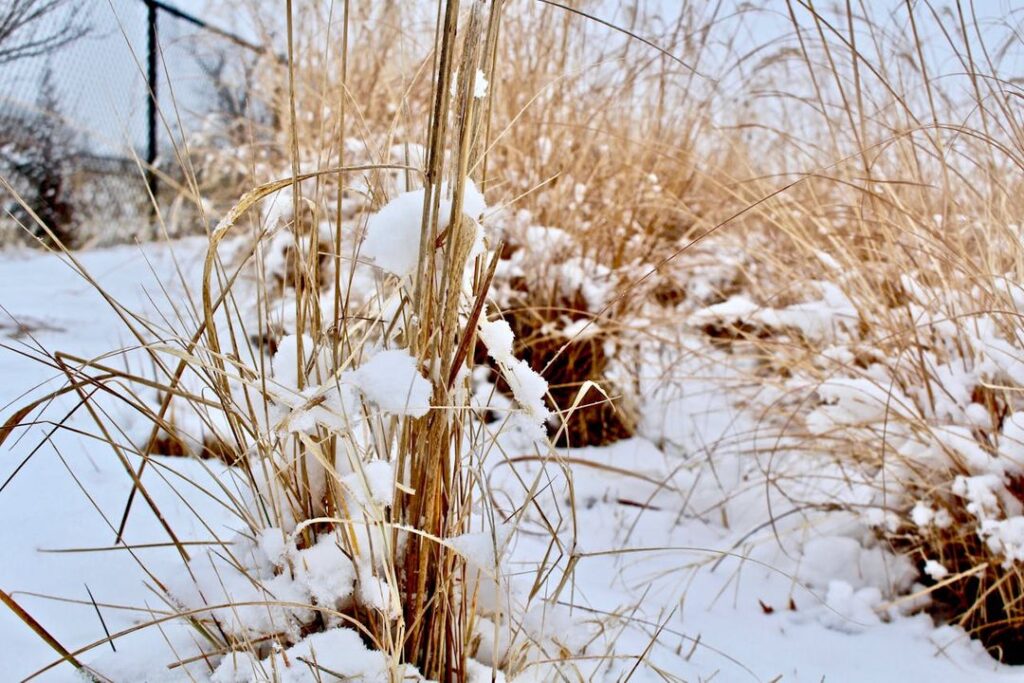As winter approaches, it’s essential to prepare your lawn for the cold months ahead. Proper winterization helps ensure that your grass comes back healthy and green in the spring. However, many homeowners make common mistakes that can set their lawn back.
In this article, we’ll highlight the top five mistakes people often make when preparing their lawn for winter—and how to avoid them.
Mistake #1: Neglecting to Aerate the Lawn
Why Aeration is Crucial Before Winter
Aeration is one of the most important lawn care tasks in the fall. It involves creating small holes in the soil to relieve compaction, allowing water, air, and nutrients to reach the roots more effectively. This process helps grass grow stronger and withstand the stress of winter.
Consequences of Skipping Aeration
If you neglect to aerate your lawn, the soil becomes compacted over time, making it harder for grass to absorb the nutrients it needs. Here are some of the negative effects of skipping aeration:
- Poor nutrient absorption due to compacted soil.
- Increased risk of fungal diseases in waterlogged soil.
- Reduced oxygen flow to roots, weakening grass over time.
Mistake #2: Mowing the Lawn Too Short
The Ideal Mowing Height for Winter
Many homeowners make the mistake of cutting their grass too short before winter, thinking it will reduce the need for maintenance. However, mowing too short can expose the lawn to damage from frost and snow. Ideally, you should mow your grass to a height of about 2.5 to 3 inches during the final mow of the season.
Effects of Cutting Grass Too Low
When grass is too short, it struggles to store the energy it needs to survive winter dormancy. Additionally, short grass has less insulation, leaving it more vulnerable to snow mold and frost damage. Leaving the grass slightly longer allows it to protect itself and bounce back more quickly in the spring.
Mistake #3: Ignoring Fall Fertilization
Benefits of Applying Fertilizer Before Winter
Fall fertilization is crucial for strengthening grass roots before the cold sets in. Applying a winterizer fertilizer with higher levels of potassium helps your lawn store essential nutrients for the dormant months. This extra boost ensures that the grass will grow back stronger and healthier when spring arrives.
Problems Caused by Skipping Fertilization
If you skip fertilizing in the fall, your lawn will likely lack the nutrients it needs to survive winter. Some common issues include:
- Greater susceptibility to winter damage.
- Slower recovery and growth in spring.
- Increased risk of lawn diseases during dormancy.
Mistake #4: Overwatering Late in the Season
When to Stop Watering
Many homeowners continue watering their lawn late into the fall, thinking it will help the grass stay green. However, once the temperatures begin to drop consistently, it’s important to taper off watering. Overwatering can leave the soil soggy, especially as the ground begins to freeze.
Impact of Overwatering Before Winter
Excess water in the soil increases the risk of freezing, which can damage the grass roots. Moreover, overwatering contributes to an environment where snow mold and other fungal diseases thrive. To avoid these problems, gradually reduce watering in late fall and stop once the ground starts to harden.
Mistake #5: Leaving Leaves and Debris on the Lawn
Importance of Clearing Leaves Before Winter
Leaving leaves and debris on your lawn over winter can have detrimental effects. Thick layers of leaves block sunlight from reaching the grass, preventing photosynthesis, and can trap moisture underneath, creating an ideal environment for mold and disease to develop.
The Right Way to Remove Leaves
To avoid these issues, follow these methods for removing leaves effectively:
- Rake leaves regularly to prevent grass from suffocating.
- Use a mulching mower to shred leaves and create natural compost.
- Ensure all debris is removed before the first snowfall.
Bonus Tips for Winter Lawn Prep
Proper Timing for Winter Preparations
Timing is everything when it comes to preparing your lawn for winter. Start aerating and fertilizing early in the fall while the grass is still growing. Complete your last mow of the season before the ground freezes, and be sure to remove debris before the first snowfall. Proper timing helps ensure that your lawn enters winter in the best possible condition.
How Professional Services Can Help
If you’re unsure about your lawn care routine or want to ensure that your lawn is fully prepared for winter, professional services can be a great solution. At GreenStripe, we offer eco-friendly lawn care programs designed to keep your lawn healthy year-round. Our team provides expert aeration, overseeding, fertilization, and more to help your lawn thrive, even in challenging winter conditions.
Preparing your lawn for winter doesn’t have to be complicated, but avoiding these five common mistakes can make a big difference.
By aerating, mowing to the right height, fertilizing, managing watering schedules, and keeping your lawn clear of debris, you’ll set the stage for a beautiful, healthy lawn next spring. For professional help, GreenStripe is here to assist with natural, earth-friendly solutions for all your lawn care needs.



